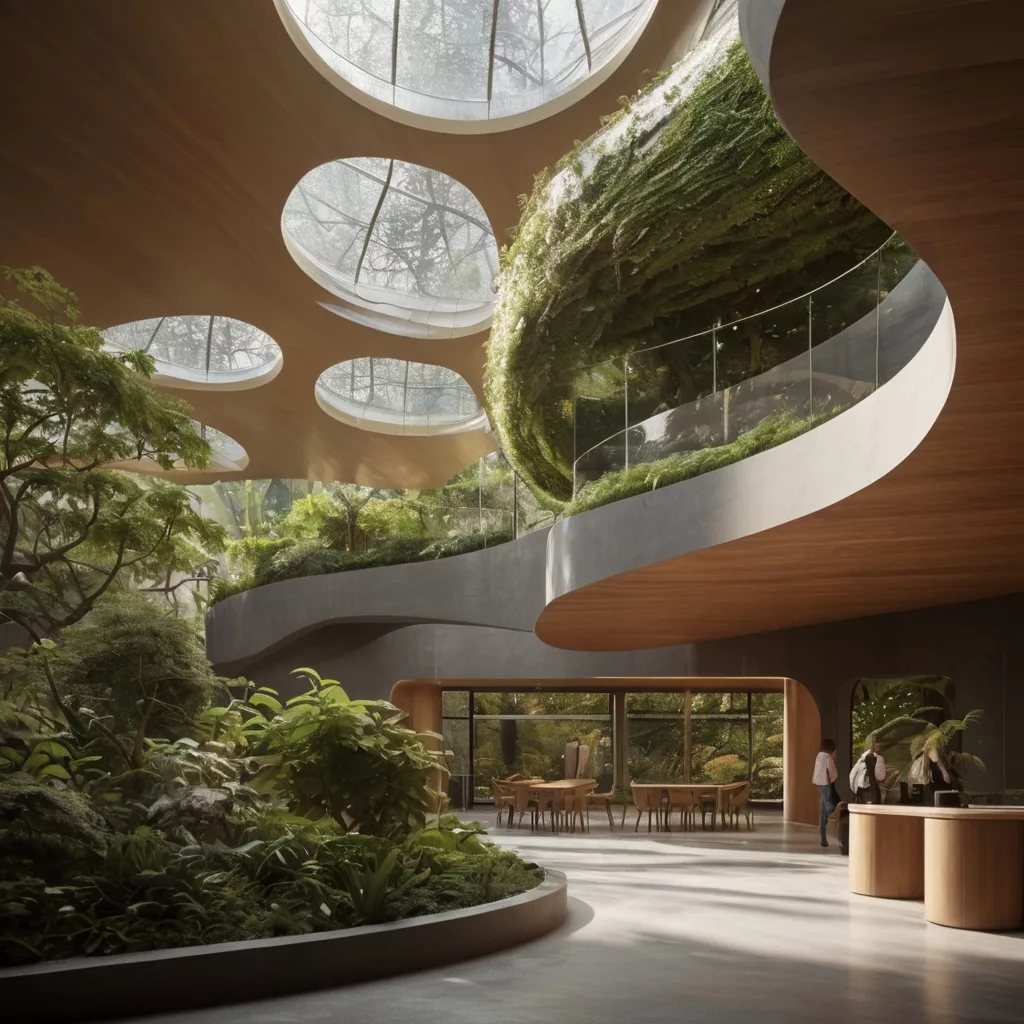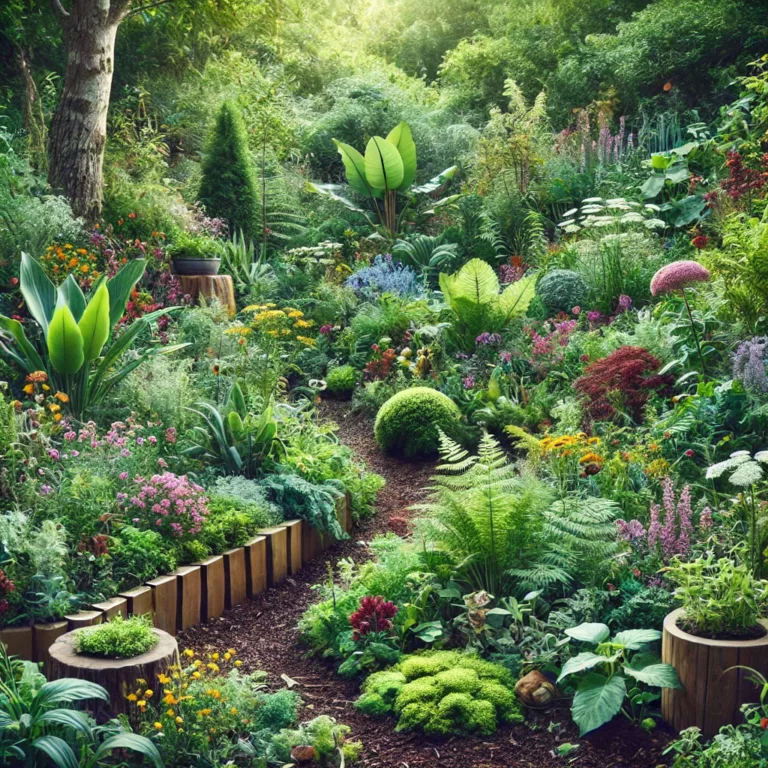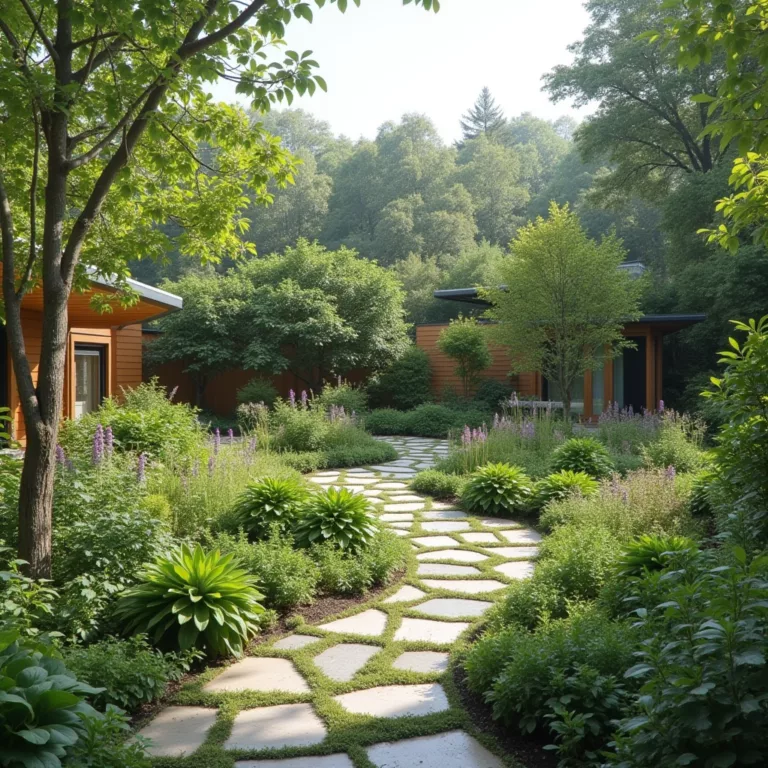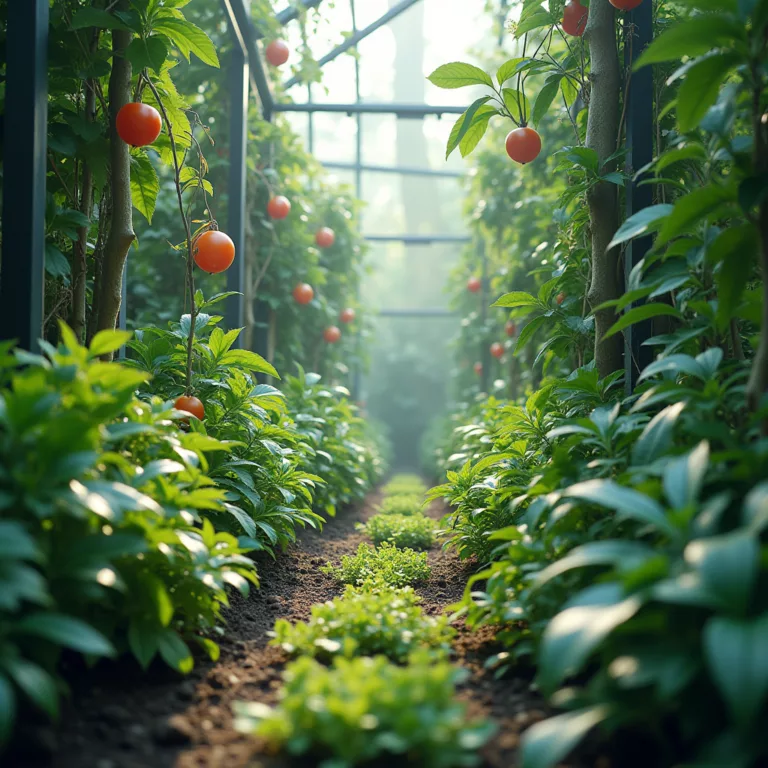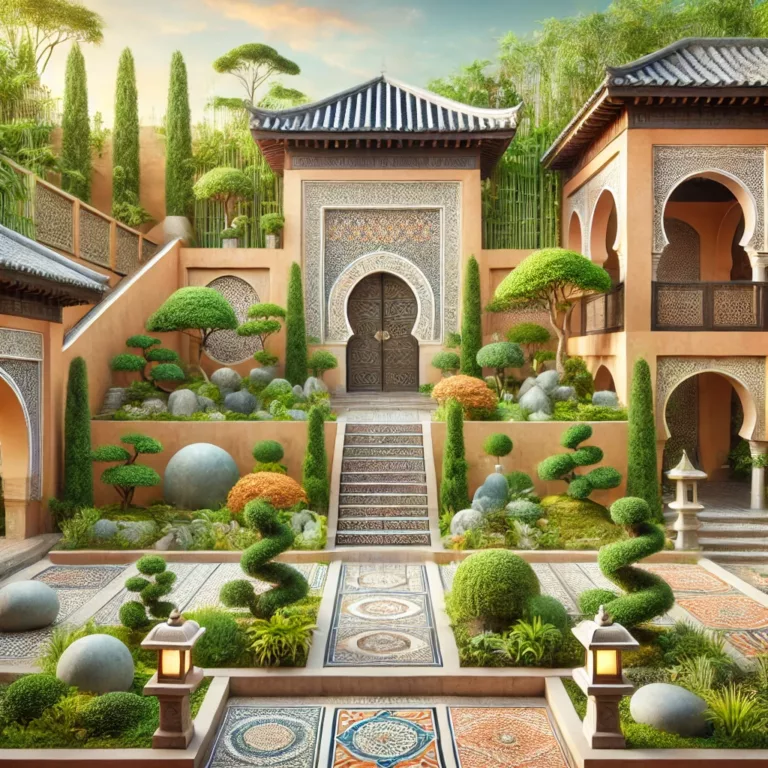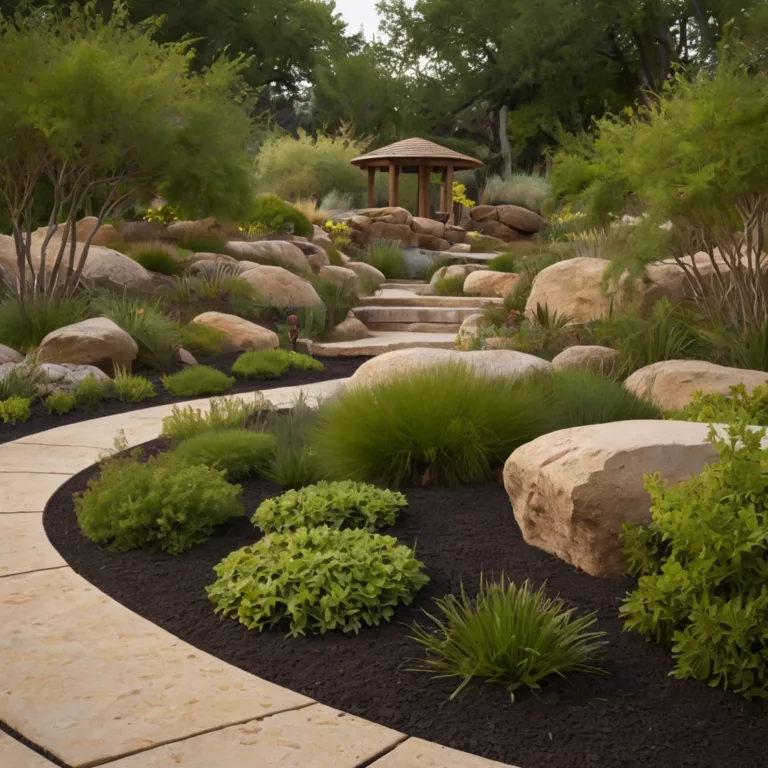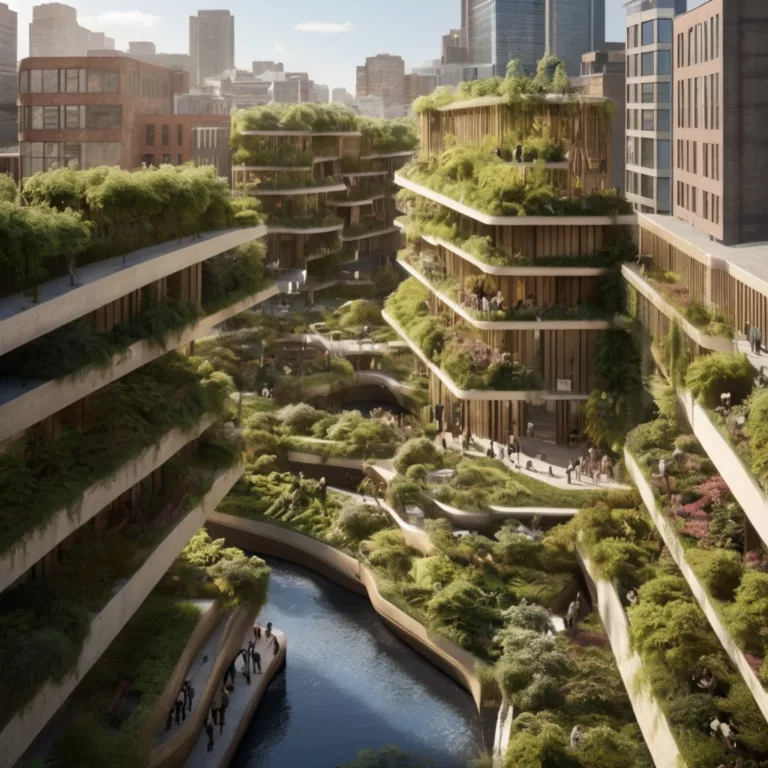Biophilic Design: Connecting Architecture with Nature’s Essence
In the heart of our modern, technology-driven world, a profound design philosophy is emerging biophilic design. More than just an architectural trend, it represents a deep-rooted human need to reconnect with the natural world. This comprehensive exploration delves into the science, art, and transformative power of integrating natural elements into our built environments.
The Essence of Biophilic Design
Biophilic design is not a mere aesthetic choice; it’s a scientifically grounded approach to creating spaces that fulfill our innate biological connection to nature. The term “biophilia,” coined by renowned biologist E.O. Wilson, describes humans’ intrinsic affinity for living systems and natural processes.
The Scientific Foundation
Understanding Our Biological Connection
Humans have evolved over millions of years in direct contact with natural environments. Our bodies and minds are fundamentally adapted to natural settings, yet modern urban landscapes have dramatically divorced us from these evolutionary roots.
Key Scientific Insights:
- Evolutionary psychology
- Neurobiological responses to natural environments
- Stress reduction mechanisms
- Cognitive performance and natural elements
Neurological and Physiological Benefits
Scientific research reveals profound impacts of nature-integrated design:
- Reduced cortisol levels
- Improved cognitive function
- Enhanced creativity
- Accelerated healing processes
- Decreased mental fatigue
Principles of Biophilic Design
1. Direct Nature Connection
Visual Connections with Nature
- Large windows framing natural landscapes
- Indoor plants and living walls
- Natural light integration
- Views of water, vegetation, and wildlife
Physical and Sensory Interactions
- Natural ventilation systems
- Tactile natural materials
- Acoustic designs mimicking natural soundscapes
- Temperature and airflow variations
2. Indirect Nature References
Biomimicry in Design
- Architectural forms inspired by natural structures
- Fractal geometries
- Organic shapes and patterns
- Natural material textures and colors
Environmental Features
- Water elements
- Natural lighting cycles
- Dynamic and diffused light
- Thermal and airflow variability
Practical Implementation Strategies
Residential Spaces
- Indoor garden integrations
- Natural material selections
- Organic architectural forms
- Maximizing natural light
- Creating multi-sensory environments
Workplace Environments
- Collaborative spaces with natural elements
- Biophilic break areas
- Natural ventilation systems
- Green workstation designs
- Stress-reduction architectural strategies
Healthcare Facilities
- Healing gardens
- Natural view corridors
- Stress-reducing design elements
- Color and light therapy integrations
Educational Institutions
- Learning spaces with natural connections
- Interactive environmental design
- Outdoor classroom concepts
- Nature-inspired learning environments
Technological Innovations
Smart Biophilic Technologies
- AI-powered environmental optimization
- Adaptive lighting systems
- Automated plant care technologies
- Microclimate management
- Biosensing environmental interfaces
Sustainable Integration
- Energy-efficient natural cooling systems
- Renewable material selections
- Carbon-negative design approaches
- Regenerative architectural concepts
Case Studies: Biophilic Design in Action
1. Singapore’s Parkroyal on Pickering
- 15,000 square meters of integrated green spaces
- Terraced gardens blending architecture with nature
- Sustainable urban ecosystem design
2. Amazon Spheres, Seattle
- Three interconnected glass domes
- 40,000 plants from global ecosystems
- Workplace design revolutionizing corporate environments
3. Bosco Verticale, Milan
- Vertical forest residential towers
- 900 trees and 20,000 plants integrated
- Urban biodiversity and air purification
Mental Health and Well-being
Psychological Benefits
- Stress reduction
- Improved mood
- Enhanced cognitive performance
- Increased creativity
- Better emotional regulation
Therapeutic Applications
- Mental health treatment environments
- Rehabilitation center designs
- Senior living facility integrations
- Stress management architectural strategies
Environmental and Sustainability Implications
Urban Ecosystem Restoration
- Biodiversity enhancement
- Urban heat island mitigation
- Air quality improvement
- Carbon sequestration
- Wildlife habitat creation
Climate Adaptation
- Resilient architectural designs
- Natural cooling mechanisms
- Water management strategies
- Climate-responsive building approaches
Challenges and Considerations
Design Complexity
- Interdisciplinary approach required
- Higher initial design and implementation costs
- Maintenance considerations
- Technical integration challenges
Future Adaptations
- Emerging technologies
- Climate change responsive designs
- Cultural and regional variations
- Scalability considerations
The Future of Biophilic Design
Emerging Trends
- AI-powered biophilic design optimization
- Regenerative architectural approaches
- Global ecological integration
- Advanced biomimetic technologies
- Cross-cultural design innovations
Implementation Guide
Getting Started
- Assess current environmental connections
- Introduce gradual natural elements
- Prioritize multi-sensory experiences
- Consult interdisciplinary experts
- Embrace continuous learning and adaptation
Conclusion: A Holistic Design Philosophy
Biophilic design transcends traditional architectural boundaries. It represents a profound reimagining of our built environments—spaces that don’t just shelter us, but actively contribute to our physical, mental, and emotional well-being.
Key Takeaways
- Nature is not external to design, but integral
- Human health is deeply connected to environmental design
- Sustainable solutions emerge from understanding biological needs
- Every space can be a regenerative ecosystem
Recommended Resources
- Books on Biophilic Design
- Online Courses
- Design Conferences
- Ecological Architecture Networks
Art11deco

